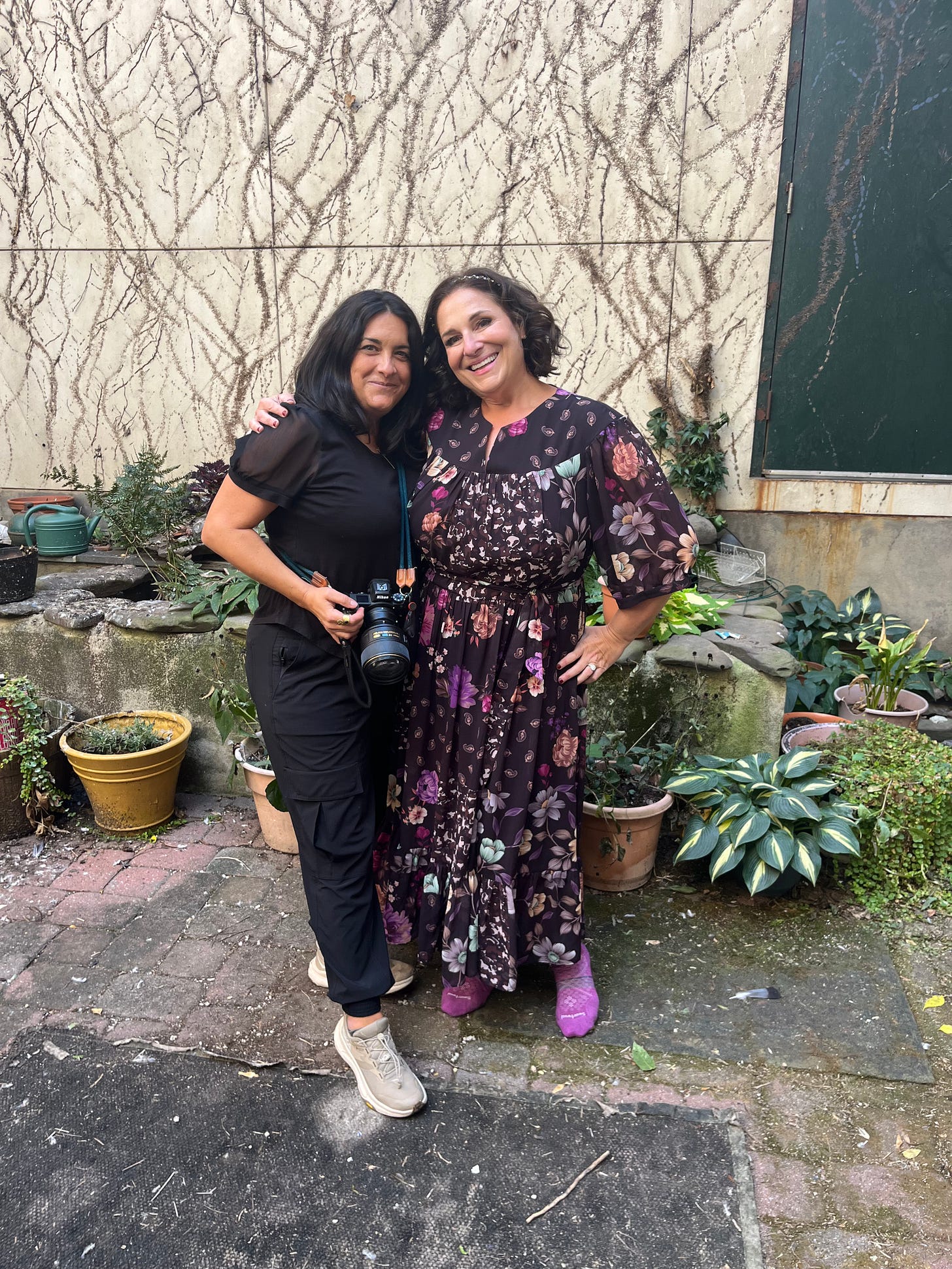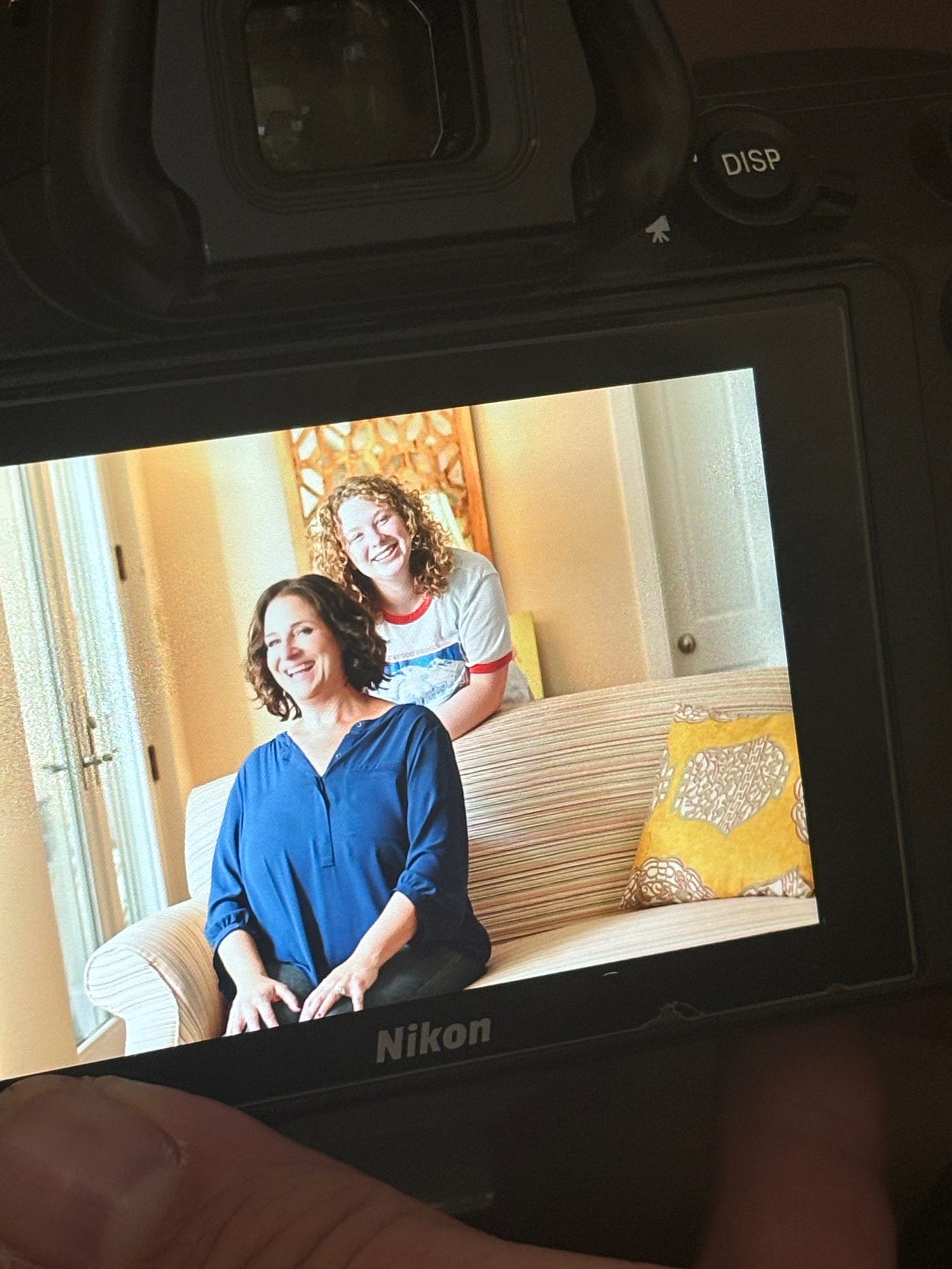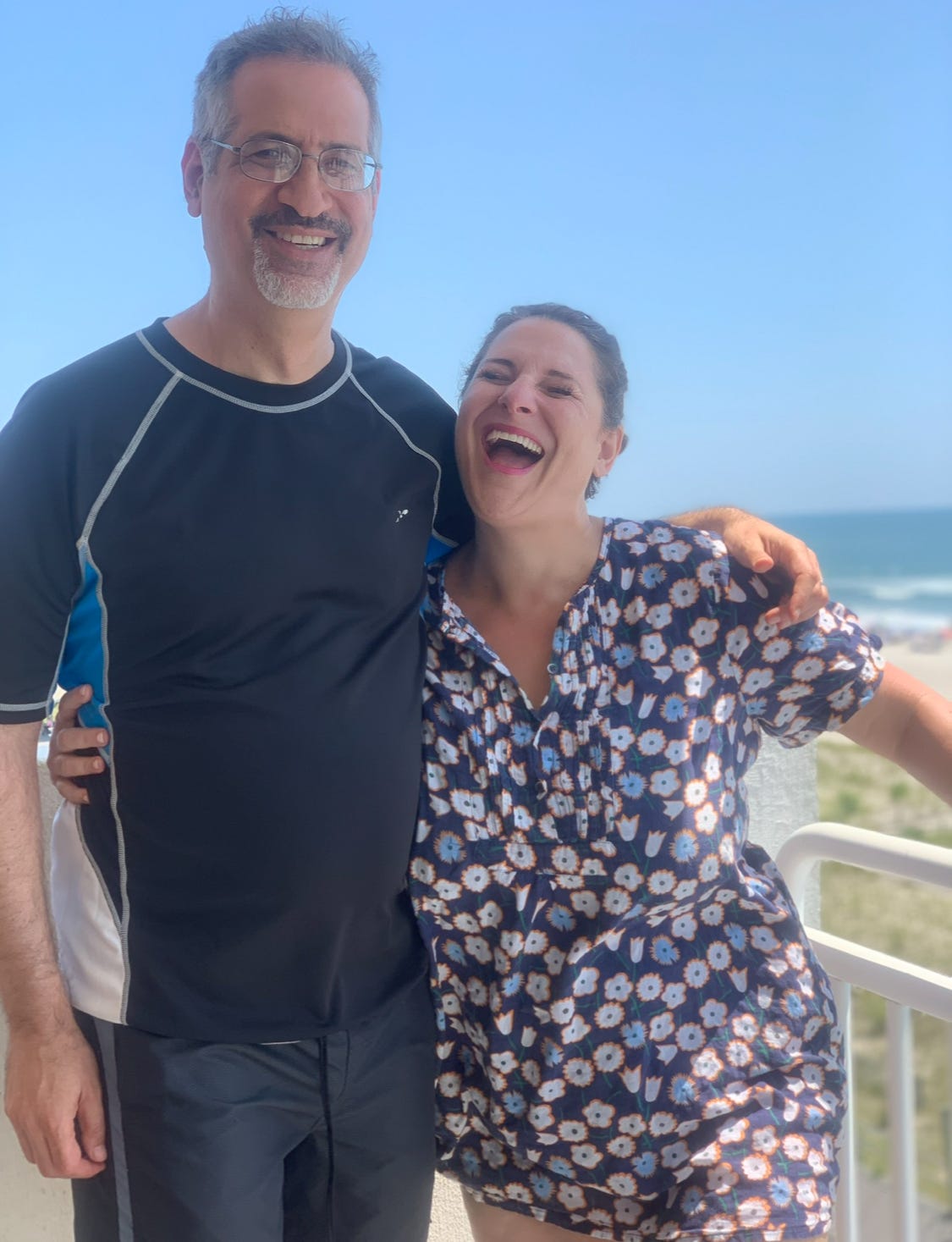=There are many things I like about being a writer. Making up stories for a living? Delightful. Spending my days alone in my office, in my imagination, in the company of imaginary friends? Bliss. Wearing whatever’s comfortable; padding around barefoot, devoting zero mental energy to thinking about how I look? Bliss times one hundred. If you’re the kind of person who’s never been completely at home in her skin, being a writer is a really good job to have!
Or, at least that’s the case maybe 345 days out of the year.
The other twenty days are different. You’re not home, alone, in your office, shuffling around in velour overalls and purple wool socks. You’re all dressed up, in shapewear and heels, in full extrovert mode, doing your best to be entertaining, trying to sell your books. Or you’re on stage, discussing someone else’s.
Your life goes from private to public, from solitary to shared. Your body is no longer merely the vessel that contains your brain, or the thing you sit in while you make stuff up. It’s part of your brand; your visual representation, the synecdoche of all that you are. Instead of being the thing that contains you, your face and your body are you. And you are them.
And it is hard!
Yesterday, I had new author photos taken. Which got me thinking about the history of the author photo (in reality, it got me wondering why they are necessary, and who I could blame).
It’s a tradition as old as time. Readers, it seems, have always wanted to know what writers look like. Before there were author photos, there were author portraits, all the way back to the first century B.C., when ancient portraits at the top of papyrus scrolls displayed “idealized versions of famous writers.” As long as there’s been published stories, it seems, people have wanted to know what the storytellers looked like.
Which makes it the author’s job to choose how to present herself.
This is easier said than done.
Like a lot of women of my generation who weren’t thin or conventionally attractive, I never figured out clothes, because there weren’t really options. You didn’t think a lot about what looked good on you, you were just grateful when you could find something that fit.
Paging through Vogue is like walking through a museum: I can admire the beauty of the garments, and the models, without feeling it is connected to me, or if the clothes and the shoes they’re wearing are possible for me. I don’t want to buy a designer gown any more than I’d want to come back from MoMA with a Manet.
And that’s just the clothing/body piece. There’s also the face, which presents its own challenges. I’ve never worn much makeup. Maybe it’s because my mom didn’t wear makeup, which meant there wasn’t any in the house to play with when I was a tween or a teenager and my peers were figuring it out. Of course, I could have bought some my own, at some point, and spent some time figuring out how to line my eyes and pluck my brows and use contour and bronzer and blush, but I never did. Maybe it felt too late, or pointless, like it wouldn’t make enough difference to matter, or maybe it was of a piece with my lack of other artistic talent. I can’t draw, I can’t paint, I can’t style clothes and I can’t do makeup.
All of which means that listening to people talking about clothes and makeup is like listening to people conversing in a language I never learned. Are you an apple or an hourglass or an inverted triangle? A cool summer or a warm winter? Is your face triangular or heart-shaped, oval or round? Are you long-waisted or short-waisted? Do you look best in pastels or jewel tones? Empire-waisted dresses, or A-lines, or sheaths?
I also suffer from touch of inverted dysphoria, or maybe just plain old delusion. I think I look better than I do: stronger, fitter, smaller, prettier. Before leaving the house and I’ll look in the mirror and think, Ooh, cute! And then I will see pictures of myself – or, worse, video of myself, or video of myself with other people, or pictures of myself from a race -- and realize, No, not cute.
All of which means that posing for photographs is not easy. The cameras come out and my face starts to feel like this unmanageable thing, a car with a strangely-configured gearshift that I haven’t figured out how to drive. My hands, which were, previously, regular, even useful appendages, start to feel like enormous, featureless hunks of meat dangling from my forearms. How do you hold them? Where do you put them? Were they always this big? Were they always this weird? And why do I even need author photos? Couldn’t I do, like, an artist’s rendering? A tiny cartoon? A courtroom sketch? Why is this important?
It’s important because it’s tradition. It’s important because readers want to know. When I’m a reader, I want to know what the person telling this story looks like, what she has in common with me, how she’s different.
So you need author photos, and they need to be updated semi-regularly, because God knows you don’t want to be the writer who had one headshot taken in 1998 and has been using it ever since. I completely understand the temptation to play Dorian Gray – get one good picture taken, use it until your face falls off. But then I imagine being out in the world, at a reading, and standing on stage as people look from the book to the stage, down to the book, back to the stage again, trying to line up the young author in the picture with the older one before them. Awkward.
So author photos are a necessary evil. I am very lucky that my photographer is also a friend.
Andrea Cipriani Mecchi and I met more than twenty-one years ago, in a prenatal yoga class. I was pregnant with my first child, Lucy, and she was pregnant with her second child, Lucia. “I’m a writer,” I told Andrea. “I’m a photographer,” Andrea told me. Later, we both realized that we’d been a little dismissive of the other –back then, everyone with an Internet connection and a blog was a writer, the same way everyone with a phone that took pictures was a photographer.
But Andrea was – and is -- the real deal. She took the most adorable photographs of Lucy, when Lucy was a toddler, and, for years, she’s taken the best pictures of me. If you hate having your picture taken, working with a photographer who’s also a friend makes a huge different. The camera can’t tell the truth about who you are, but if you’re tense and uncomfortable, that shows up, and I’m always at ease, always myself, when Andrea’s behind the lens: she’s warm and kind and funny and relaxed. She puts me at ease, and makes it easy.
Yesterday, I got my hair and makeup done first thing in the morning, and Andrea came over. We took pictures in my foyer, on my living-room couch, in my little backyard brick garden. At one point, my daughter Phoebe came by and photo-bombed a few of the shots.
By 3 pm, we were done, and by nine thirty, when I was settling in to watch “Girls 5eva” with my husband and my daughter and my dog, the proofs had arrived.
Comparison being the thief of joy and all, I am trying not to side-by-side these pictures to previous author photos; trying not to worry about whether I look bigger, or older, than I did before. I think I look happy, and I look like myself, which is the very best I can hope for.
My very favorite pictures of myself aren’t photographs that could work for a book. They’re the pictures where I’m laughing, sometimes with my husband, sometimes with my kids. My eyes are squinched shut, my mouth is open, my head’s thrown back, and you can’t make out much of my features, or the specifics of my face. They’re more generic: woman laughing. Maybe someday…
AM WATCHING: “Girls 5-Eva,” which is very funny, and “Industry,” which is bewildering. Finance, like fashion, is a language I don’t understand. But my husband and I are sticking with it.
AM READING: Chimamanda Ngozi Adichie’s short story “Zikora,” which, I understand, features characters who will appear in her 2025 novel, and I dipped my toes into Melania’s memoir. I downloaded the sample chapter, because I refuse to pay $40 for a 182-page book. Politics aside, the book reads like the first draft of a college essay: lots of self-congratulation and back-patting (“I made the bold decision to switch agencies in pursuit of opportunities that truly matched my vision and potential.”) Beyond that, it is a textbook-perfect example of telling when you should be showing. Don’t tell us, “Moving to a new country, learning a new language, and embarking on a new career were intimidating,” or “I was filled with anticipation and excitement for the new chapter ahead.” Show us what it looked like, and how it felt!
Am Running: Thirteen miles last week! (Not all at once). I’m also lifting weights twice a week, because menopause. Still trying to get a little faster, and trying to get out on my bike as much as I can.








The inverted dysphoria thing? SAME! Do we all have that? At least those of us who pre-date the take 50 selfies to find one to post to Insta?
I think these photos and the publicity photos I've seen of you in the past capture you perfectly - every bit as lovely as the woman I met at the Philadelphia Free Library a handful of years ago. Your photographer friend is a keeper. For most of us, I think there's really nothing better than a woman who is happy in the moment, so I also love the candid (those are usually my favorites of me, too).
Lovely photos, and I second - or is it third? - the choice of you with your husband, laughing. Really cute dress, too!